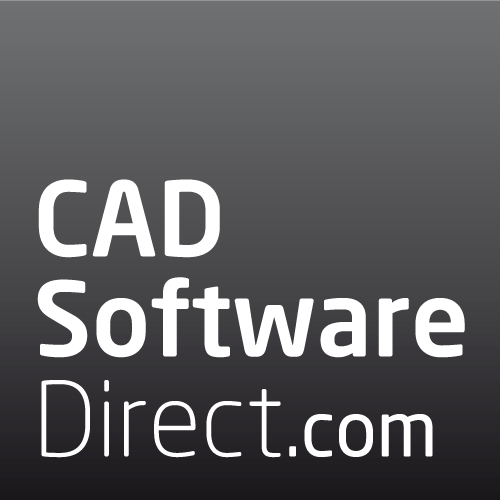SolidWorks, a 3D CAD (Computer-Aided Design) software, was first conceptualized in December 1993 by Jon Hirschtick, a former MIT graduate. Hirschtick used the $1 million he had made while a member of the MIT Blackjack Team to set up the company. Initially launched as a budget-friendly, windows-based alternative to expensive CAD software, SolidWorks quickly gained popularity for its user-friendly interface and powerful design capabilities. In 1997, the company was acquired by Dassault Systèmes, a French company known for its suite of 3D design software. Over the years, SolidWorks has evolved into a comprehensive design solution, widely adopted by industries globally for product development and innovation.
SolidWorks is extensively used by a wide range of industries and professionals. Engineers across multiple disciplines – mechanical, electrical, civil, to name a few – leverage its capabilities for designing parts, assemblies, and drawings. It is used in industries as diverse as automotive, aerospace, defense, energy, manufacturing, and industrial equipment. Additionally, academic institutions use SolidWorks to teach students about 3D design and simulation, and even hobbyists and independent designers use the software for personal projects. It’s this broad applicability and versatile functionality that makes SolidWorks a go-to CAD software for many.
SolidWorks finds extensive use in the design and development of a myriad of products. In the automotive industry, it’s used in the design of entire vehicles, individual parts such as engines or suspension systems, and accessories. Aerospace professionals utilize it to design aircrafts, satellites, and other space technologies. In the manufacturing sector, everything from household appliances to industrial equipment is designed using SolidWorks. It plays a crucial role in the energy sector as well, being instrumental in designing wind turbines, solar panels, and nuclear reactors. Even in the world of fashion, SolidWorks is used to design jewelry, footwear, and other accessories. Its flexibility and powerful design capabilities make it a versatile tool for designing virtually any product that requires precision and detail.

